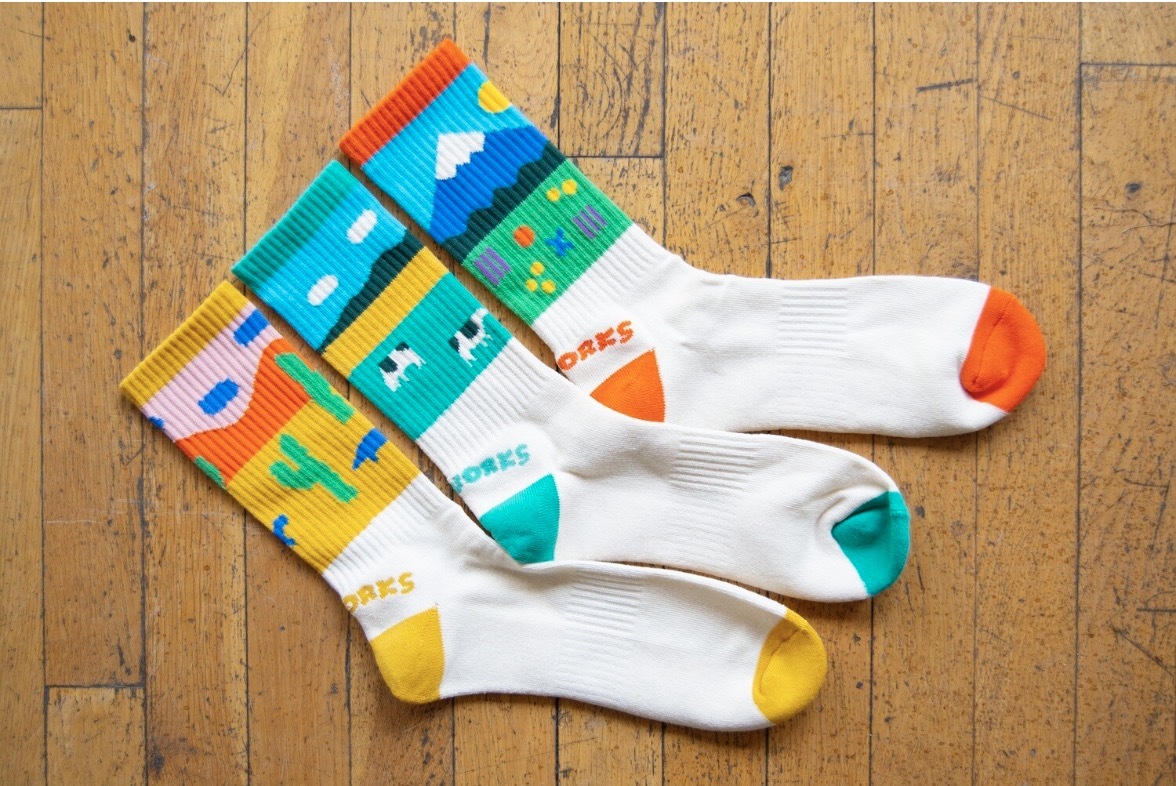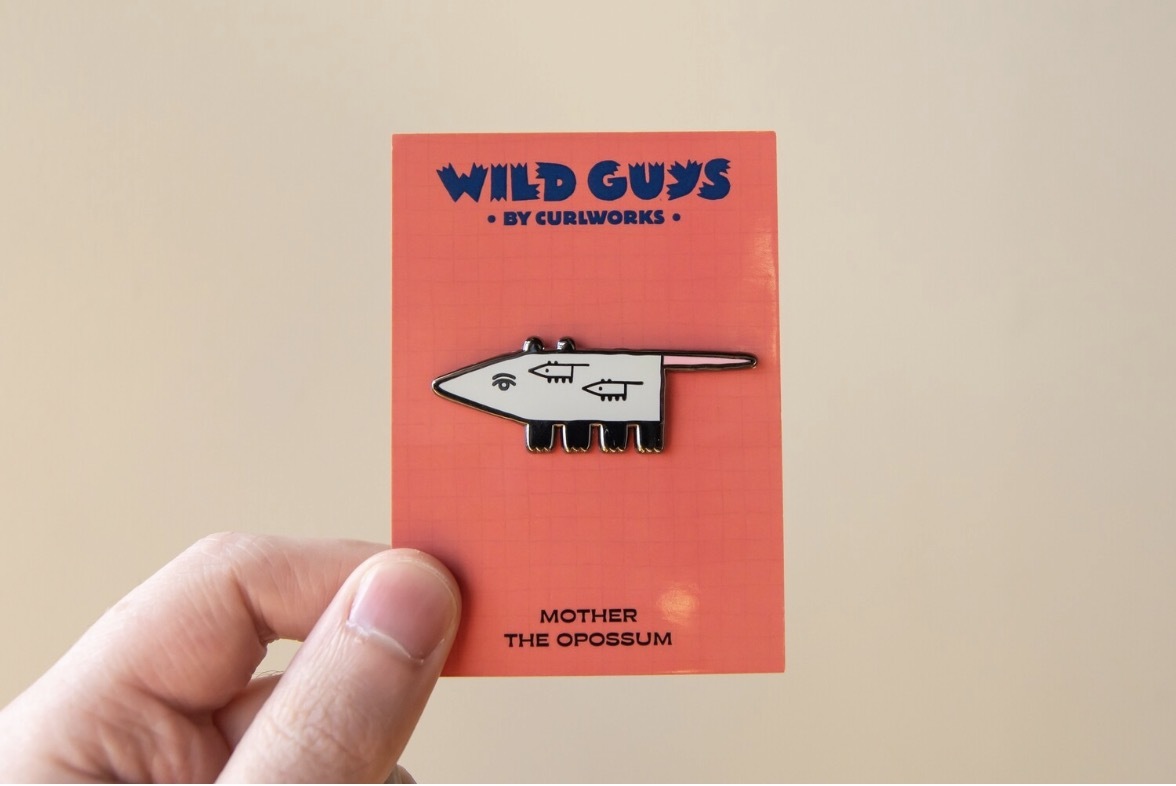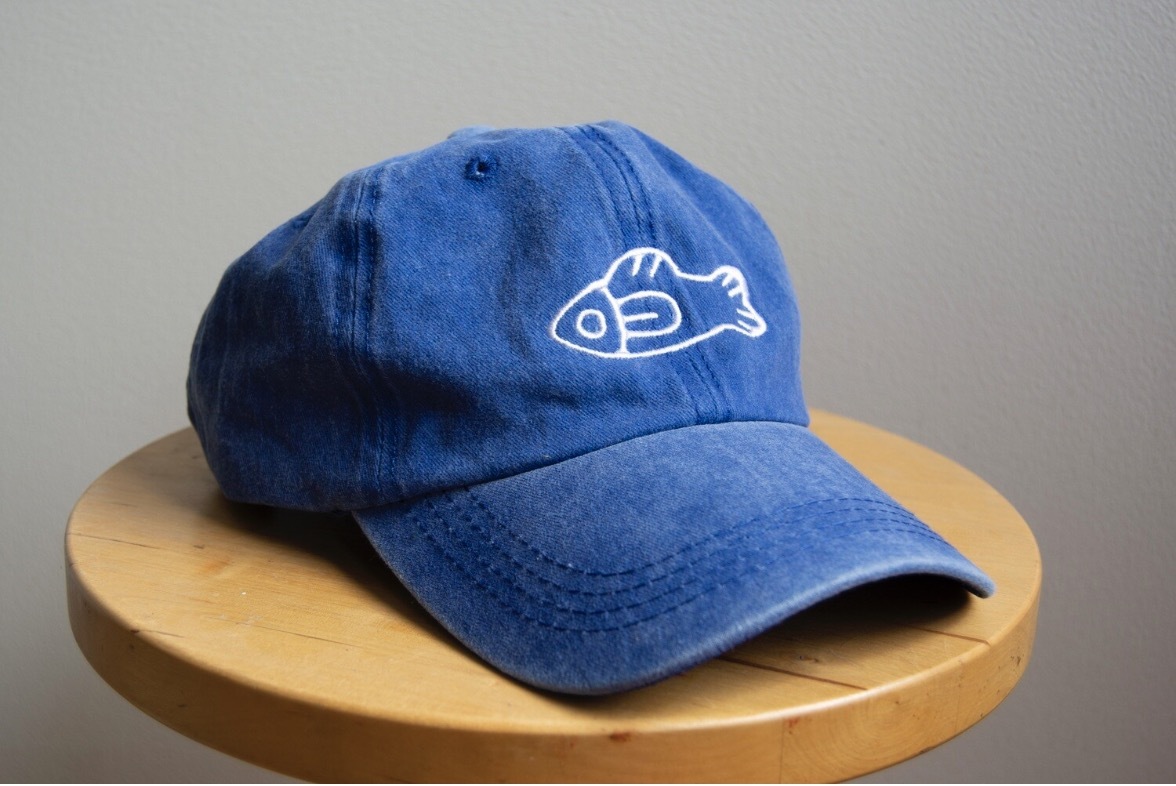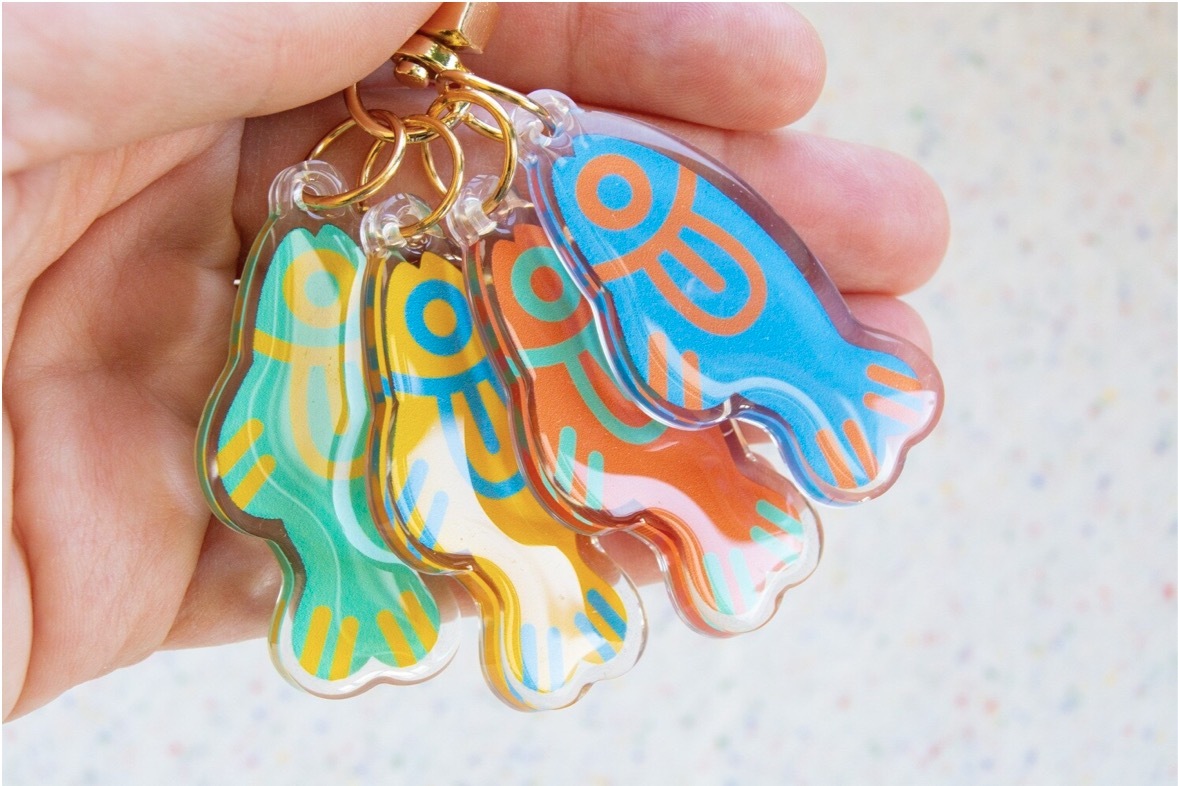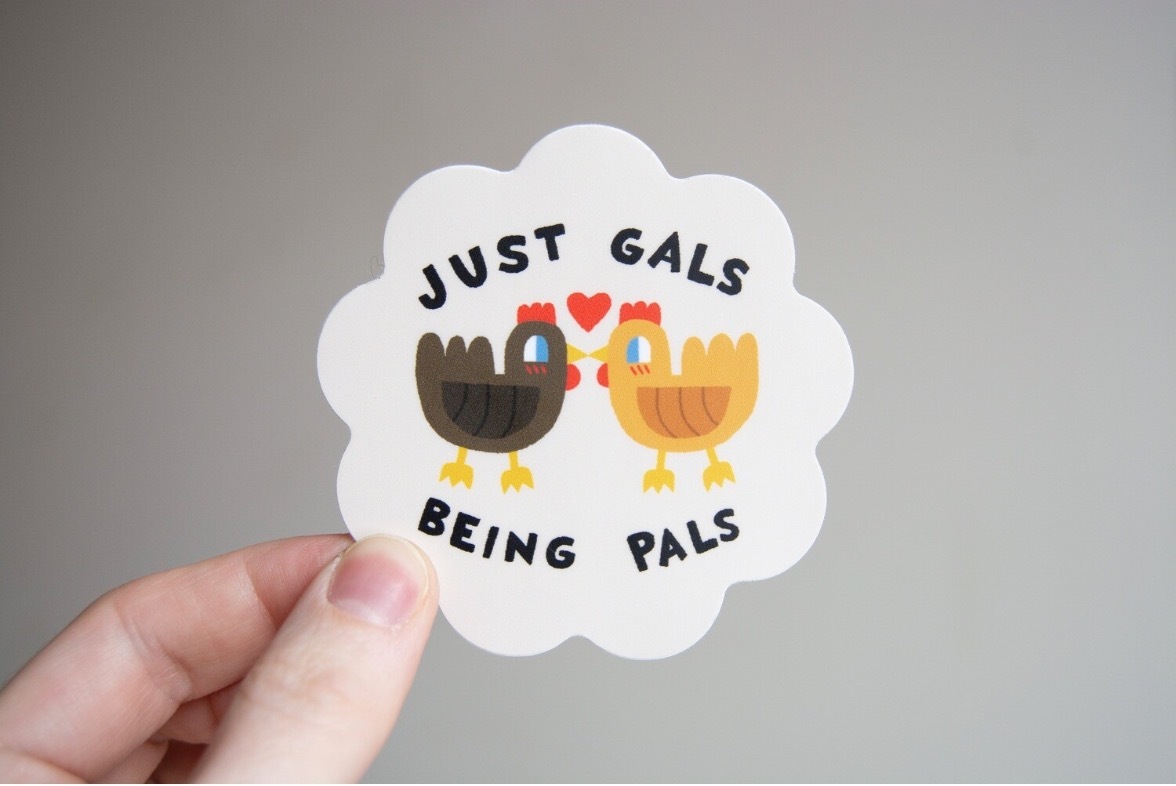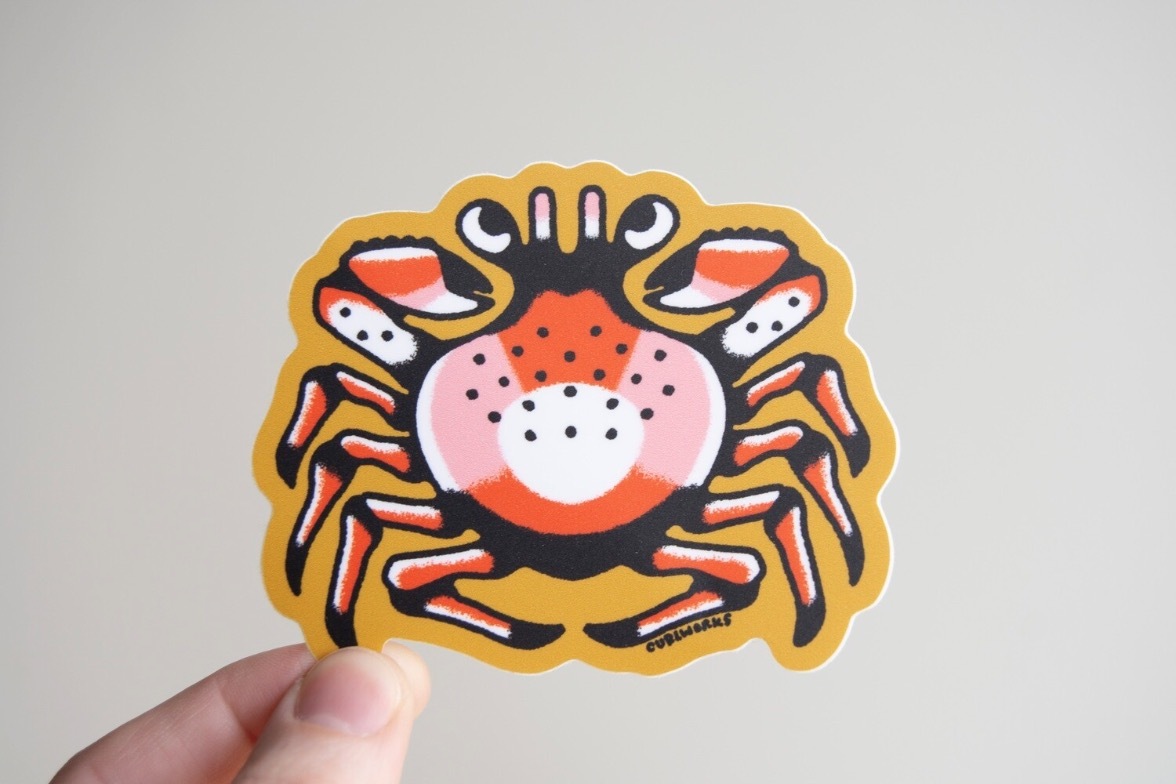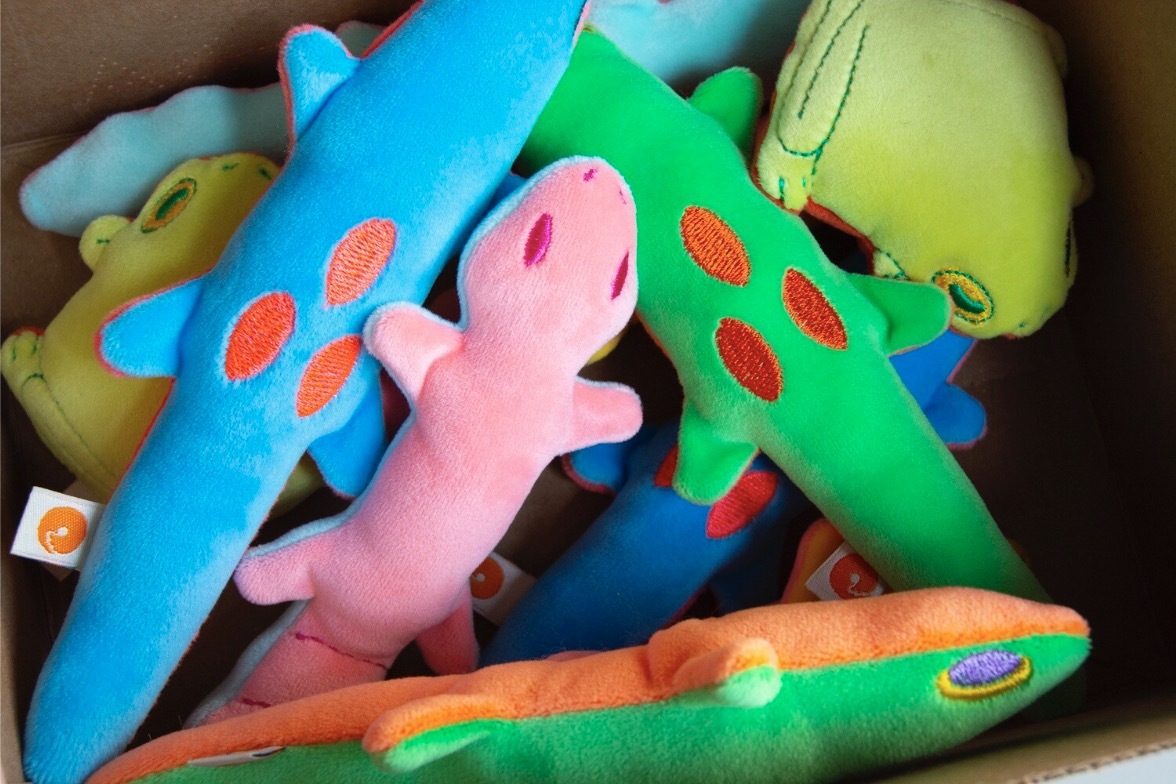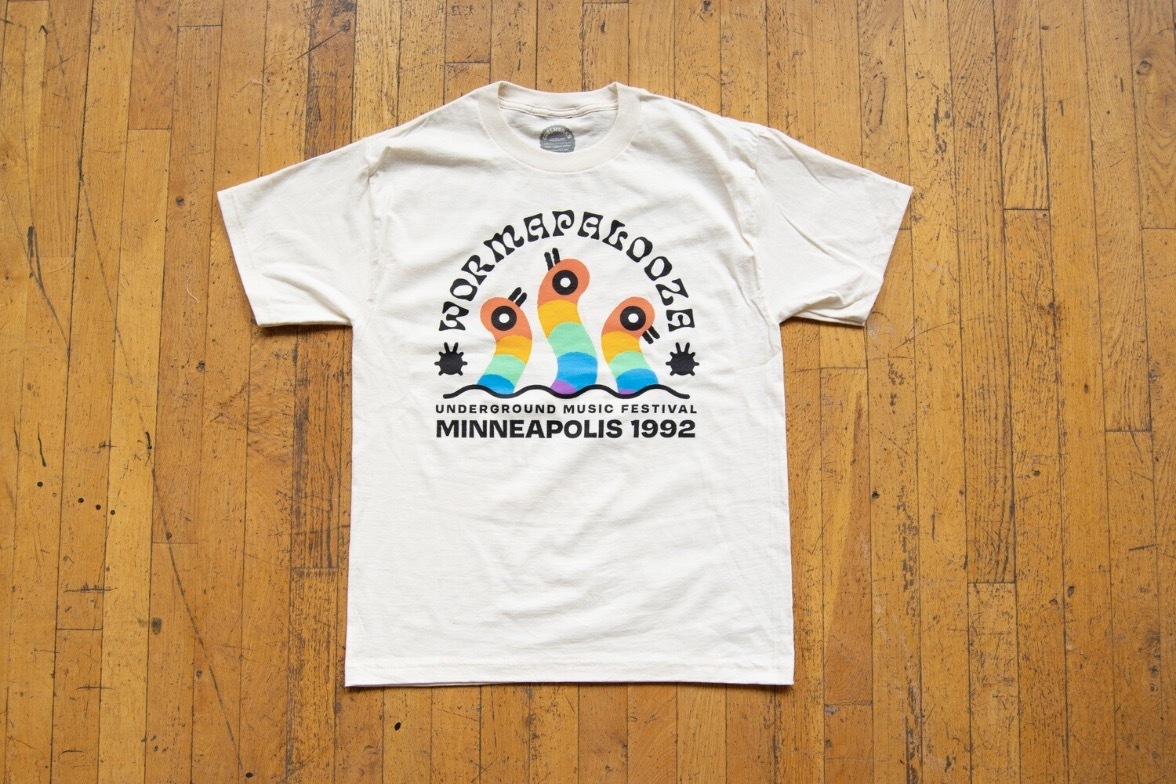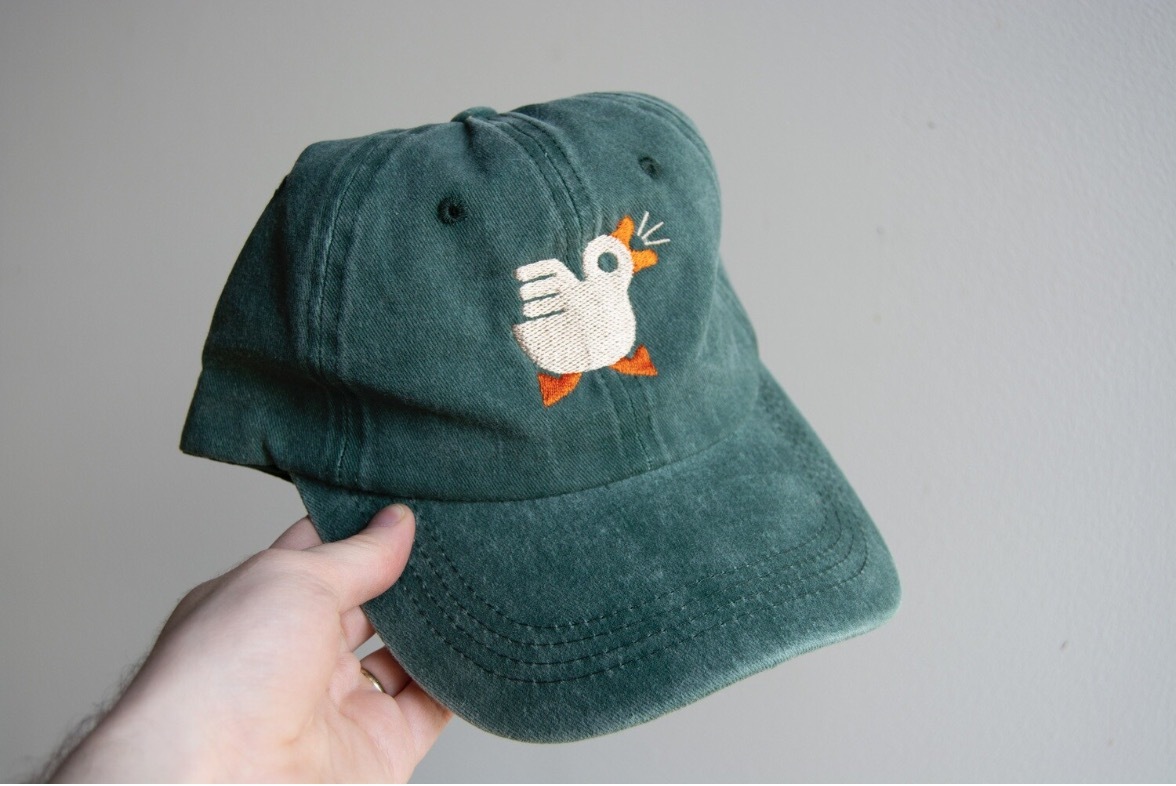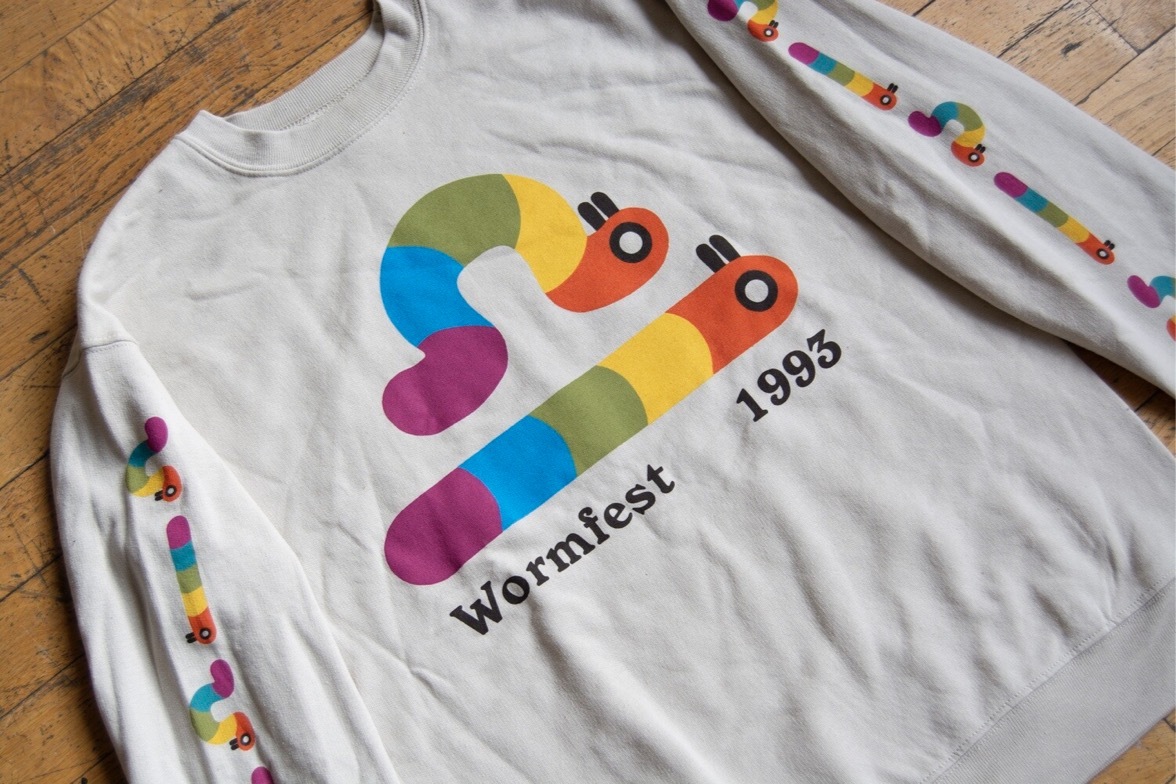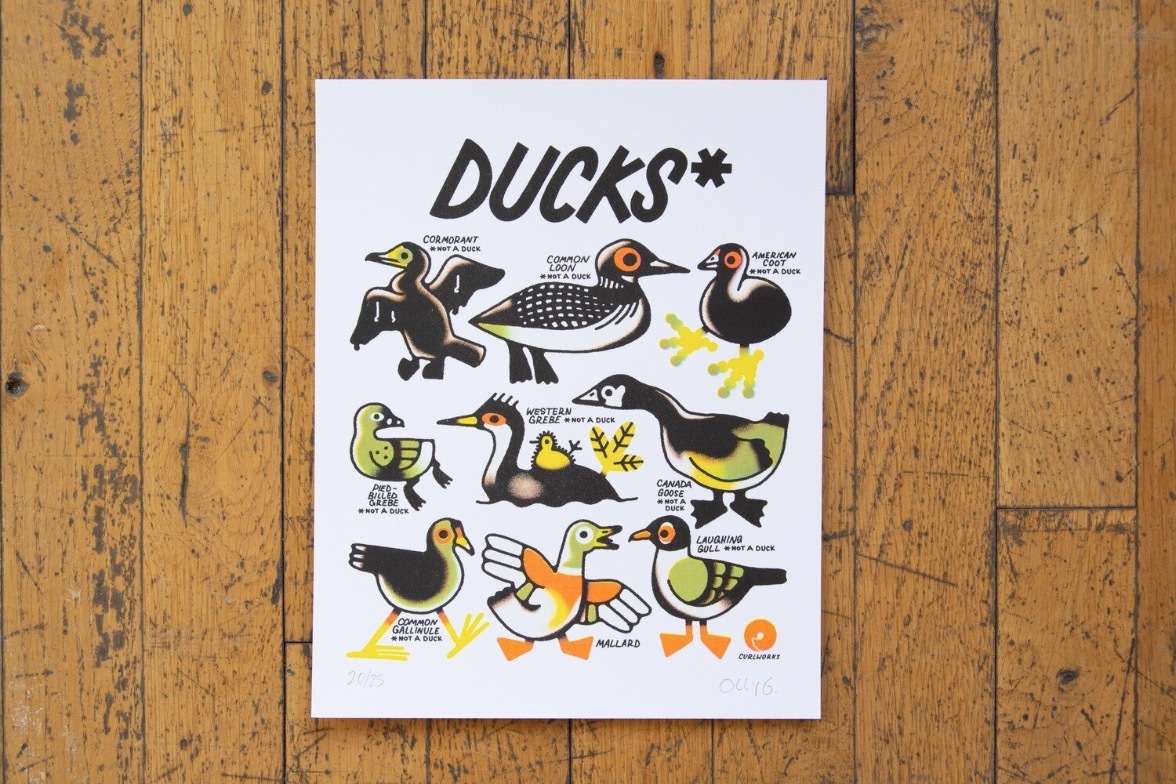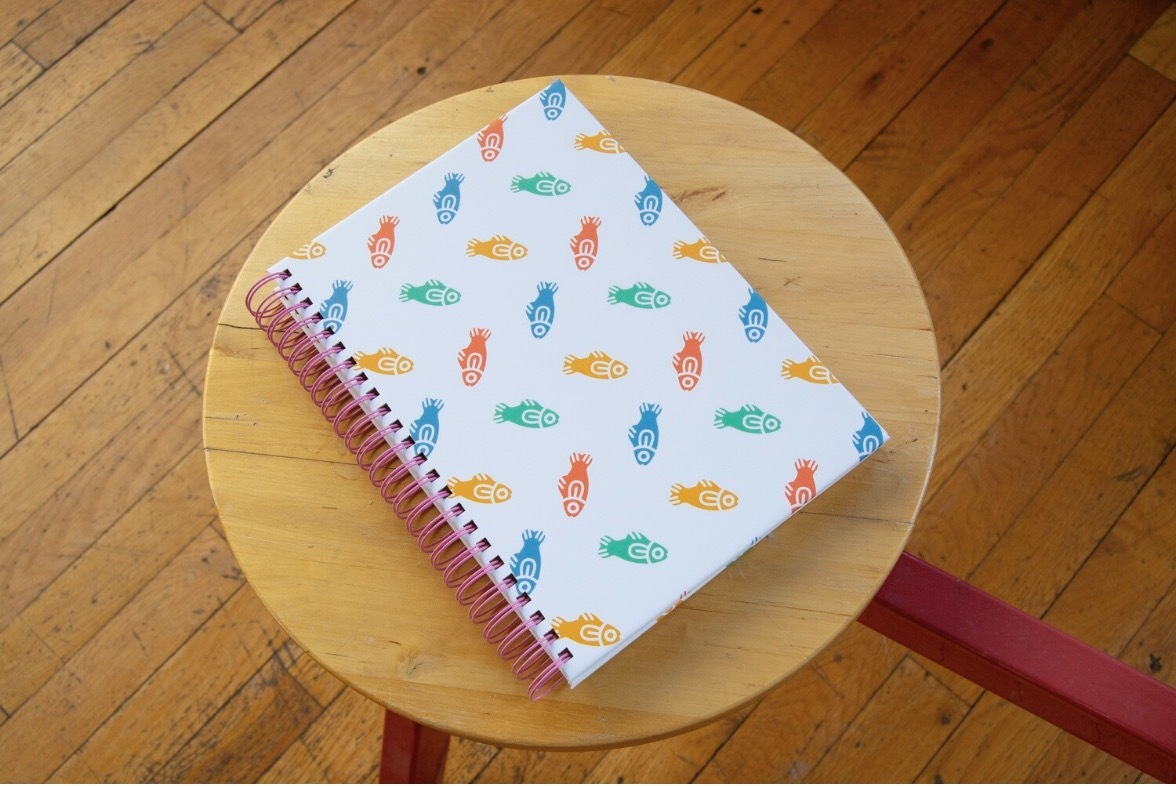Kigurumi Washing & Care
How to care for and wash your kigurumi
You can (and should!) wash your custom kigurumi. Our kigurumi are machine washable, but a handwash will also do just fine. Here's a guide to help you through the process.
HELPFUL PRODUCTS
Textured Fabric Lint Brush (Link)
Comb (for faux fur accents)
Folex or Spot Shot for stains
Your favorite non-bleach detergent
A sturdy place to hang your kigu to dry (a drying rack or railing is perfect)
THINGS TO AVOID
Bleach
Ironing
Excessive heat (no hot dryers)
Fabric Softener
Specialty handmade kigurumi or fursuit 'shampoos' or soaps (normal laundry detergents are cheaper, more effective, and safer as they have specialty enzymes formulated specifically for fabrics.)
Handwashing your Kigurumi
Hand washing your kigurumi is a great option if you either don't have access to a washer and dryer, or would like a gentler wash. We personally recommend hand washing your kigu if you have the time, as it'll keep your kigu looking newer, longer, and is pretty straightforward.
- Fill your tub with warm water and a cap full of your favorite non-bleach detergent (no specialty shampoos needed here, Tide/Gain/Method etc is fine and the best most effective option!)
- Place your kigu in the tub and start squishin'. Soak the entire kigu and work the suds through the fabric. Try to avoid excessive scrubbing, and be gentle with the face.
- Let your kigu soak for a while. We like to let ours sit for at least half an hour.
- If this is the first time you've washed your kigu, pay special attention to the hood and make sure that the face is submerged. We use water soluble stabilizer in our embroidery process and soaking will help remove any remnants!
- After a while (we usually forget and end up letting it soak for a few hours, whoops!) drain the tub and start rinsing the kigu. Squish water through the fabric and continue rinsing until the water is no longer sudsy. Try not to wring the kigu too aggressively as you may damage the fabric.
- Squish out as much of the water as possible and hang to dry, paying special attention to making sure that you are distributing the weight of the kigu evenly (hanging a heavy, wet kigu on a clothes hanger by the shoulders may damage the fabric!)
Machine Washing your Kigurumi
Note: Avoid any sort of heat setting when washing and drying your kigurumi in a machine– not only will your kigu shrink, non-fleece accents such as faux fur may be damaged.
- Flip your kigu inside out– this helps prevent pilling.
- Tuck the hood into the body of the kigurumi to help protect the embroidery and other delicate parts of the face.
- Machine wash on the gentle setting with cold water with your favorite non-bleach detergent (normal liquid laundry detergent such as Tide or Gain is fine!) Avoid washing with abrasive fabrics or anything with a zipper, buckles, or other metal hardware. The safest option is to wash it alone.
- When drying, avoid heat, especially if your kigu features faux fur. If your dryer has a 'cool' or 'air-dry' setting, you may use that to dry your kigu. Otherwise, hang your kigu to air dry on a drying rack while taking special care to support the kigu– just placing the heavy, wet kigu on a hanger may stretch and damage the kigus' shoulders.
- Never iron your kigu.
Spot Cleaning Stains out of Your Kigurumi
For spot cleaning stains on fleece or other fabric, a non-chlorine based stain remover such as Folex or Spot Shot works well. Make sure to read the instructions on the bottle and test any stain remover on a small, non-visible part of your garment first.
Removing pilling from your Kigurumi
Our custom kigurumi are made from high-quality anti-pill fleece, but even anti-pill fleece will pill after a while. Fortunately, steps can be taken to keep pilling to a minimum and in most cases reverse pilling that has already taken place.
Avoid excessive friction to reduce pilling, but if your kigu begins to pill, you can use a grippy lint brush (such as this one) to it out. Avoid 'fabric shavers', they'll continuously remove material from your kigu until it's threadbare. Grippy lint brushes will instead gently comb the clumped fibers of your fleece so its straight and fluffy again.
Caring for and Cleaning Faux Fur Accents
Run through the fur with a plastic comb every so often to keep it neat and tidy (but try to avoid combing the fleece). When storing your kigu, try and avoid folding the fur or it may become crimped over time. If your fur becomes stained, we recommend a stain-remover such as Folex or Spot Shot.

